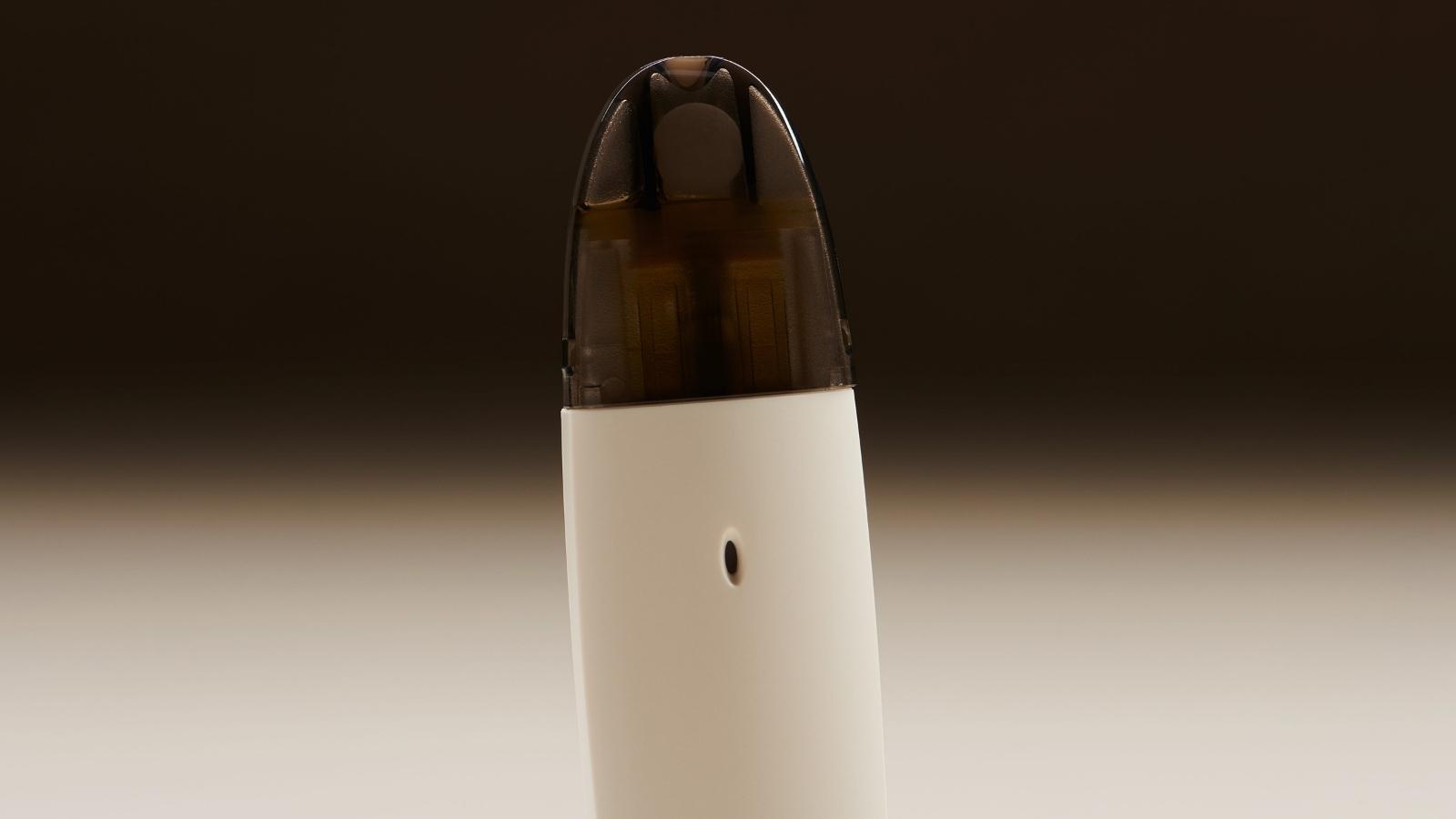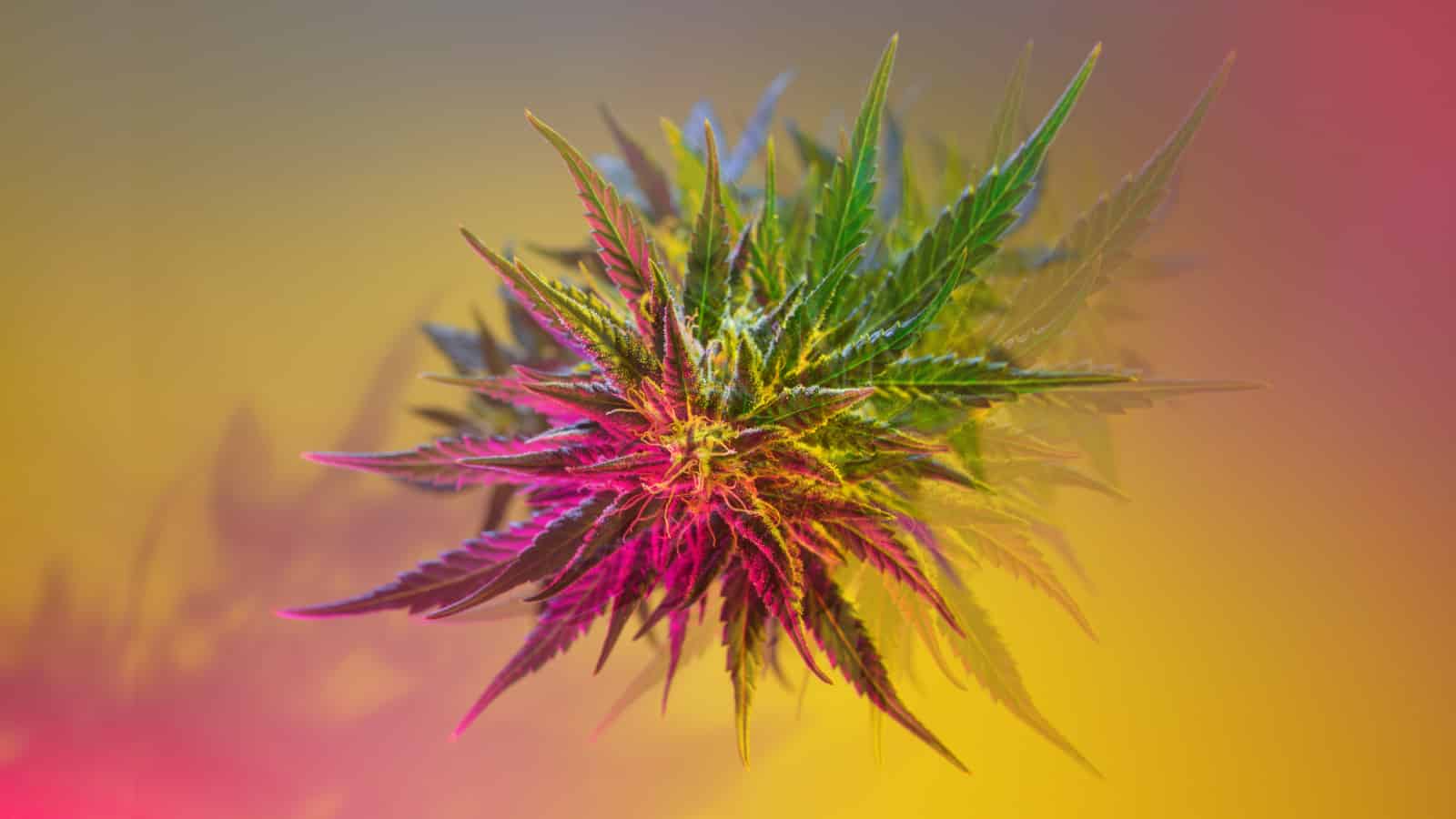Terpenes. By now you’ve heard of them, but do you really know what they are, or more importantly, what they do? Terpenes are the naturally occurring aromas and scents found in all kinds of herbs, plants, and fruits. Why is it important to know what they do? From orange peels to fresh pine, these powerful scents of terpenes have a significant influence on our senses and can affect how we feel. Just learning which terpenes aid in helping you feel better can be extremely useful throughout life.
There are over 150 different cannabis terpenes, all of which help contribute to finding the right cannabis for you. Let’s explore the difference between cannabinoid and cannabis terpenes, and the role they each play in how weed affects us.
What are Cannabis Terpenes?
Whether you want to relax, spark your creativity, energize in the morning or just get silly, there’s a lot more to picking the right cannabis strain than just indica vs. sativa. As it turns out, the effects of any given strain might actually be less about the type of plant, and more about what’s in it – the terpenes!
You’ve probably heard of terpenes and know what they are – aromatics produced naturally by pretty much all plants in the world. Terpenes are found in plants, herbs, flowers, and spices, and are easily recognizable scents and flavors in the plant kingdom. But it’d be wrong to think of terpenes just as a flavoring. In fact, your favorite cannabis strain probably has hundreds of terpenes, a few of which dominate the rest to produce smells, flavors, and even effects that are highly specific to that strain.
Cannabinoids vs. Terpenes
If cannabinoids produce effects, then terpenes create feelings. Cannabinoids offer these specific results based on their molecular structure and interaction with our endocannabinoid system, and terpenes are the artistic expression. For example, THC is known to help with pain relief. Myrcene, a popular terpene, is responsible for deep feelings of relaxation. Together, they simultaneously relieve pain and put you into a state of deep rest. They are different, yet complimentary.
The Role of Terpenes
Terpenes do not bind to the CB1 receptors found throughout the ECS (primarily in the brain). They don’t produce the same psychoactive effects as cannabinoids, but rather, shift our neurotransmitters to influence the way we feel. Together, cannabis terpenes and cannabinoids produce the entourage effect. Sometimes called the ensemble effect to help paint the picture of a symphonic orchestra. Each instrument has its own sound, but when played together, it’s nothing short of perfect harmony. That’s how terpenes and cannabinoids work together.
This is why so many people love live resin. It is made with the freshest plants possible to preserve as much of the natural terpene and cannabinoid content as possible. This helps ensure a complete effect as intended by the natural strain itself.
Primary Effects of Terpenes
Some cannabis terpenes are highly successful in relieving stress and aiding relaxation, while others help promote focus and productivity. The terpene Myrcene, for instance, has a sedating effect and is known to induce sleep, whereas Limonene elevates mood and boosts attitude. As you can see, the effects they produce vary from terp to terp, which explains why you might choose to smoke an indica before bed and sativa during the day. To sum it up, they’re the most important part of cannabis.
The Dominant Terpenes
There are over 150 known terpenes in cannabis. Some are present in such small quantities that we don’t see them turn up on a lab result. Here are the most common and prevalent terpenes you’ll find in the weed we see today. Each offers a distinct flavor and a myriad of enticing effects and feelings.
1. Myrcene
Myrcene is the most common terpene in weeds, and is also found in hops, thyme, mango, and lemongrass, among other fruits and herbs. Myrcene is thought to bring on calming effects and may relax the body. It has a long history of use in folk medicines like lemongrass tea, which can help regulate sleep, relieve pain, and reduce anxiety.
You’ll primarily find Myrcene-dominant strains recommended for relaxation and stress relief, but the effects to which Myrcene contributes aren’t limited to “couch lock” and heavy sleep. In fact, we find that Myrcene can bring on a peaceful attitude that’s great for small dinner parties or casual hikes.
2. Caryophyllene
Caryophyllene is the spice in your life! This terpene is found in black pepper, basil, oregano, and other common herbs and spices. It’s a little different from other terpenes in that it can bind with cannabinoid receptors (CB2, specifically) in our bodies, which means it can deliver direct effects of its own, like reducing inflammation.
Caryophyllene is excellent for relaxing the body and reducing stress. It often produces euphoric and uplifting effects that might make it easier to get the day going after a hard workout, or can be the perfect accompaniment to activities that require creativity and flow, like painting, surfing, skateboarding, or playing music.
3. Terpinolene
The herbal and fresh floral scent of many cannabis strains comes from Terpinolene, which also pops up in apples, lilacs, tea tree and even in many soaps or fragrances. Terpinolene is often described as the least common terpene, but maybe that’s better said as the least-common dominant terpene. While rare, there are some strains that feature Terpinolene front-and-center. If you happen to love a strain that’s Terpinolene-dominant, be sure to look out for it the next time you hit the dispensary.
Medicinal cannabis users may already know of Terpinolene – this terpene is well-known in the scientific community as an antioxidant, and several studies suggest Terpinolene may help inhibit growth in cancer cells. Recreational cannabis users will also enjoy uplifting, euphoric effects in Terpinolene-dominant strains, making it great for happy, silly highs or creative inspiration. Grab the Terpinolene-dominant cartridge when you’re playing board games with friends, to dive deeper into a good book, or to write one of your own.
4. Limonene
You probably know this one. Limonene brings the citrusy smell and flavor of lemons and other citrus fruits to your favorite strains. Sure enough, you’ll find limonene in the rinds of citrus fruits and in bright-smelling herbs like juniper and peppermint. While the smell of citrus might be recognizable, it should be noted that it’s not a surefire sign that a strain is Limonene-dominant. If you’re specifically looking for Limonene, check the label or ask your budtender.
Primarily, Limonene is known to promote euphoric feelings, making it an excellent terpene to seek out when you’re stressed or anxious. The indica vs. sativa question may (finally) come into play with Limonene-dominant strains, depending on whether you want an energetic or relaxing high. Need help sleeping and love citrusy strains? Go for a Limonene-dominant indica. Want to float through a local park, maybe do some birdwatching? Grab the sativa with Limonene at the top of the terpene list.
Both sides of the Limonene coin are about relaxation; Limonene is also believed to promote the absorption of other terpenes, so pay attention to the mix of terps in the strain you go with depending on what relaxes you – whether that’s a nap or nature.
5. Humulene
Humulene is the unmistakable scent of hops. If you’ve ever drank a fresh hops IPA, you know what we’re talking about. Humulene is also found in sage, coriander, black pepper, clove, basil, and balsam fir. It pairs delightfully with other terpenes and ranges from herbal and spicy to woody and earthy.
If you love getting high, but hate getting the munchies, Humulene-rich strains are an excellent choice. With a natural ability to suppress the appetite, Humulene can help you say no to opening that box of cookies late at night. Humulene is also a potent antibacterial and may help fight off infections.
6. Linalool
Linalool is a pretty recognizable scent. It’s responsible for the smell of lavender and its found in soaps, detergents, lotions, candles, and other cosmetics and cleaning supplies. We love to spray it on our linens or diffuse it for a calming, relaxing effect. Linalool is highly medicinal and has a floral, spicy, and woody aroma. It’s one of the oldest sleep remedies in the world for its gentle sedating effects. It is in lavender, coriander, birch, rosewood, and laurel.
Linalool is a great relaxer. It will lull you into a relaxed state of slumber where all of your worries melt away. It’s soothing, calming, and offers relief from anxiety and depression. Look for strains high in Linalool when you want to set aside thoughts of the day and let the stress decompress while your mind and body drift into a place of peace and quiet.
7. Ocimene
Ocimene is ‘anti’ all the bad things – inflammation, viruses, and fungus. It’s not quite herbal and is described as more of a woody cannabis terpene. Sometimes it offers a hint of fruit or citrus. Ocimene is found in basil, parsley, mint, kumquats, mango, hops, bergamot, and orchids. It’s found in plenty of household items for its fresh and pleasing aroma. It also acts as a natural insecticide.
Ocimene is the less common underdog of cannabis terpenes. It’s sweet and woody and offers tons of medicinal and therapeutic properties. For example, Ocimene is an expectorant and decongestant, meaning it can lead to coughing. However, this is beneficial in some scenarios when you need to loosen up and expel mucus in the lungs. Ocimene has also been studied for its ability to fight viruses, including SARS-CoV and herpes simplex virus (HSV-1). While perhaps not the sexiest terpene, Ocimene is worthy of more research.
8. Pinene
Pinene is the most commonly found terpene among all plants. You know this scent as the fresh, astringent smell of walking through a pine forest or sniffing a handful of fresh rosemary. There are two types of pinene – alpha and beta. While alpha is responsible for the aforementioned plants, beta lends its scent to dill, parsley, basil, and hops.
Pinene is a powerful anti-inflammatory that also offers pain relief. This makes it a perfect end-of-day terpene if you’ve been on a long, arduous hike or if you ran a marathon. Pinene is also unique in that it can actually counteract some of the adverse effects of THC, and in particular, the chances of experiencing episodes of paranoia. Not the least, Pinene is found to possibly counteract yet another of the possible negative effects associated with THC, namely short-term memory impairment.








